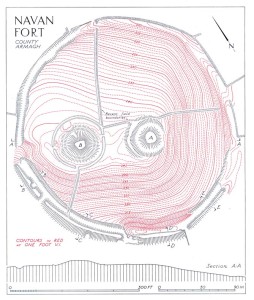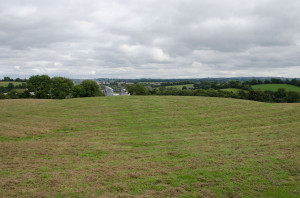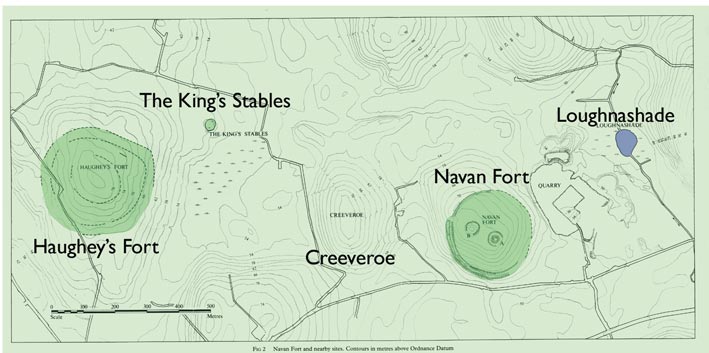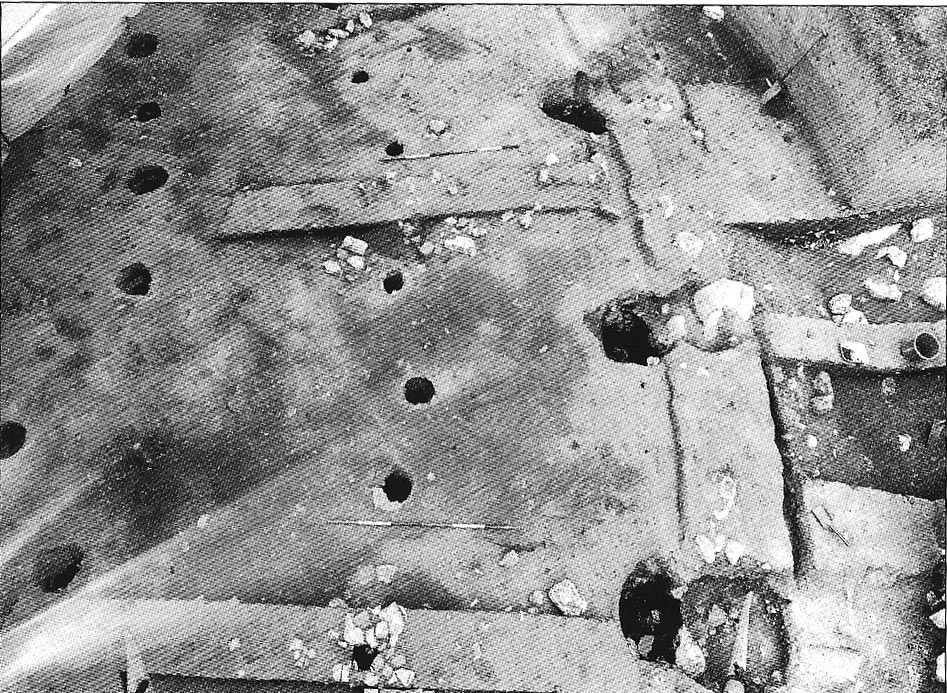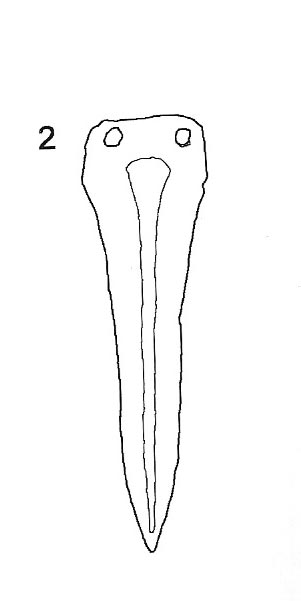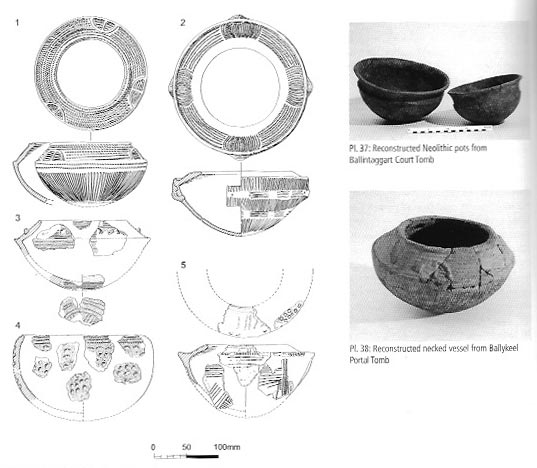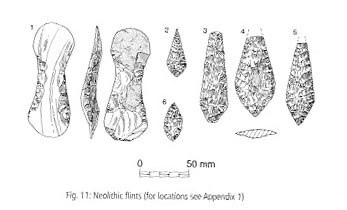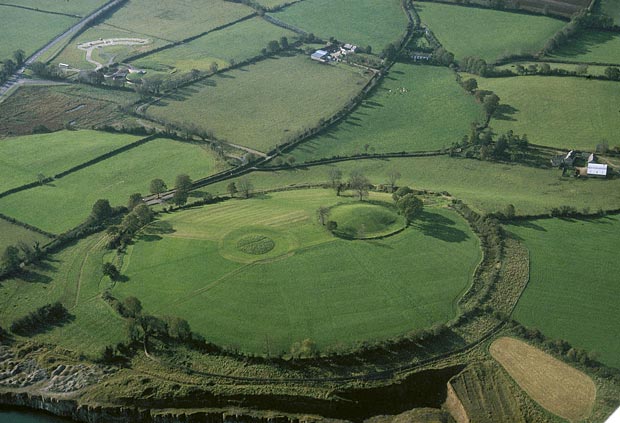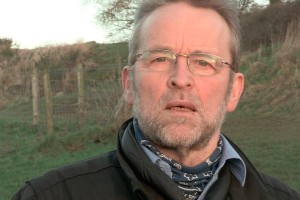
Videos are presented by Cormac Ó hAdhmaill
Download the new Discover Navan Fort Heritage app, free from the App Store. Let Cormac Ó hAdhmaill be your guide as you explore this unique historical location. The Discover Navan Fort Heritage app features presenter-led video clips that showcase the rich archaeological and mythological heritage of this important prehistoric site.
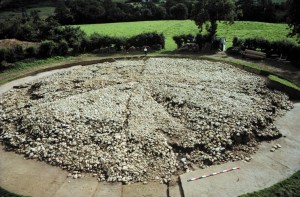
Navan Fort in the Iron Age – Site B Stone Cairn
Videos are located at 11 information points around Navan Fort. These videos are available in English and Irish and feature maps, reconstructions and re-enactments that relate to each location. The site’s Late Bronze Age and Stone Age origins are explored and its association with the heroic Ulster Cycle revealed.
The app can be enjoyed anywhere but it is best experienced at Navan Fort Co. Armagh. On location, at Navan Fort, GPS will trigger video content relating to your location, off location video is triggered by clicking the information points on the map.
Instructions

The mound at Navan Fort
Download the app using a WIFI connection, and make your way to Navan Fort, which is situated 2 miles outside Armagh City. Choose your language; English of Gaelige and select your location.
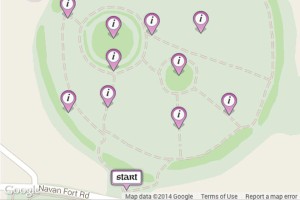
Markers indicate video content located at Navan Fort
At Navan Fort: use the map to explore the location and locate information points. When you reach a point, video relating to that location will play. Off location, you can still view the videos by clicking on the information points.

